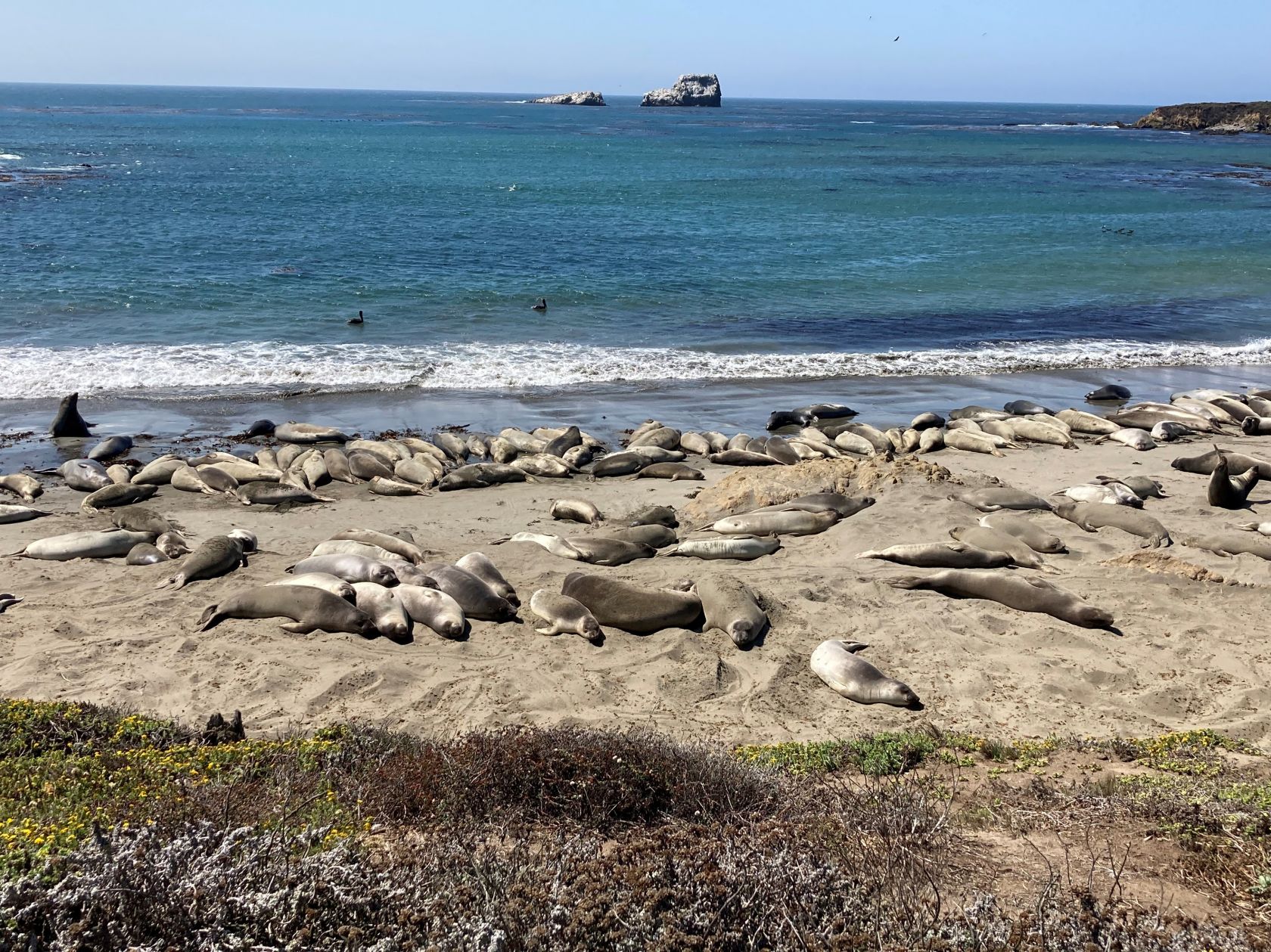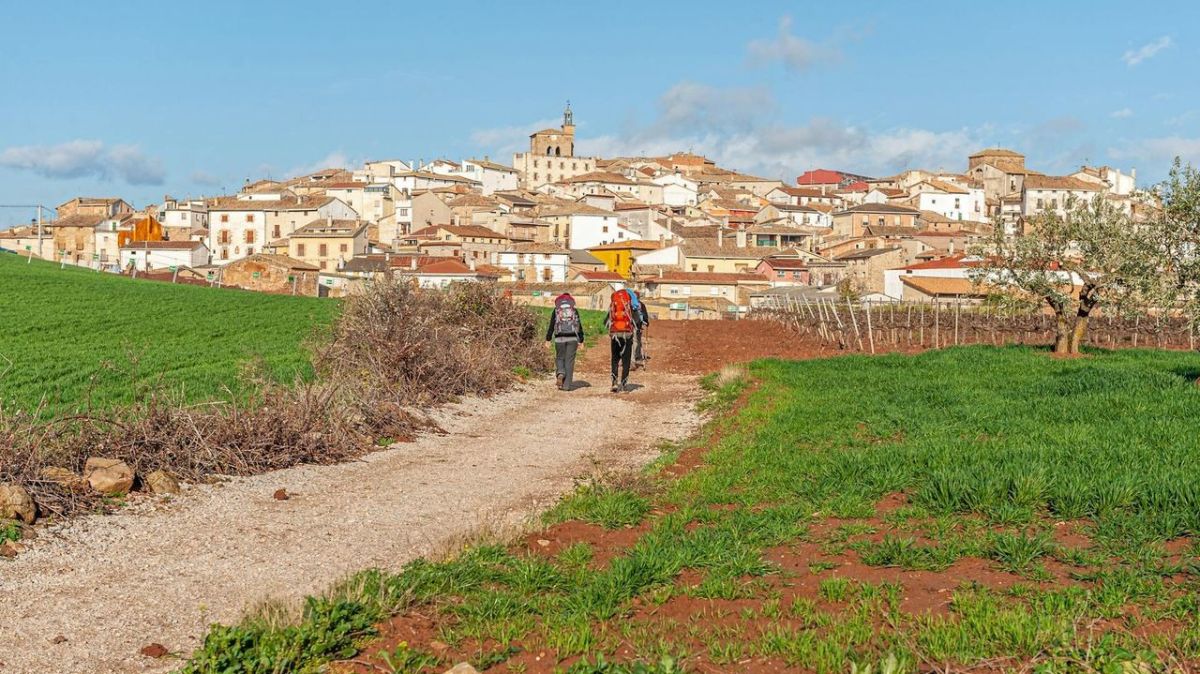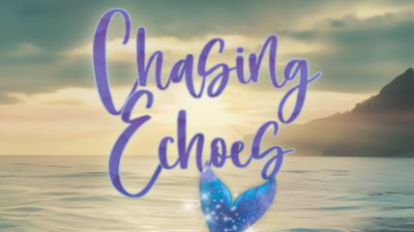Having done
this route before on the faster Highway 101 (which runs parallel), I’m taking
the slower, winding scenic coastal road of CA-1 (also known as Highway 1).
Accompanied by my daughter, Grace, I’m embarking on a road trip to explore some
of the attractions off the beaten track of this popular fly-drive trail.
What
about the cost?
Of course,
as with any current trip to America, the elephant in the room is cost. But
travel between November and mid-March tends to be cheaper (barring Christmas
and other national holidays), says Cath Pusey, of US specialist tour operator
America As You Like It.
Granted,
there are many activities you may want to do where you’ll need to splash the
cash; wine tasting on remote vineyards in the hills of Paso Robles may cost as
much as a decent bottle; while horse-riding in Cambria, or whale and
dolphin-watching in Monterey Bay, don’t come cheap – so spend your dollars on
the things you really want to do.
Yet the
pure scenery of the drive, snaking past surf-battered rocky headland on one
side and dramatic mountains on the other, and the little towns we happen upon
when we turn off the coast road temporarily forms a big draw. The glorious
17-mile scenic drive along the Monterey Peninsula toll road, passing through
Pebble Beach to pretty Carmel, may cost $11.25 per car, but it’s money well
spent.
These are
just some of the alternatives you can find if you stray from the crowds.
San
Francisco
First-timers will head for the famous Fisherman’s Wharf, Golden Gate Bridge,
Alcatraz, and the trademark vintage trams.
We opt for
Japantown, the largest of three Japantowns left in the US, where Japanese
immigrants built up a community after the 1906 earthquake which devastated the
city, entering a less well-known enclave of Asian culture and history,
virtually devoid of tourists.
Easily
identifiable by its many restaurants serving ramen, sushi and other delicacies
via brightly coloured replicas of dishes in their windows, a selection of
bright, bold, Japanese kitch is also on offer in the district’s indoor malls,
including ‘kawaii’ (meaning cute) accessories and anime-inspired toys. The
landmark pagoda, a gift from Osaka to San Francisco in 1968, stands out in the
Peace Plaza, which if you visit in spring, will seem cheered by the annual
Cherry Blossom Festival.

Santa
Cruz
The
birthplace of US surfing, Santa Cruz, nicknamed the Coney Island of the West
Coast thanks to its beach boardwalk funfair complete with the oldest wooden
rollercoaster (1924) in the state, feels young and full of college surfer dudes
and beach lovers.
Away from
the funfair frolics, we take a surf lesson with Club Ed (club-ed.com) a few
minutes’ drive down the beach, where the only people we meet are other surfers.
After squeezing into wetsuits in a public car park, surfing veteran Rick leads
us to the waves, giving beachside instruction on feet position, paddling out
(the most strenuous bit) and where to look (definitely not down) before taking
the plunge in the chilly Pacific.
Definitely
not for the faint-hearted, undoubtedly for the fit, and check the weather
before you go – our waves were too high for beginners, he later told us.
Monterey
Cannery Row
and Fisherman’s Wharf, once the fishing hub for 19th-century European settlers,
have long been transformed into a tasteful, welcoming haven of tourist shops
and restaurants, but retain the colourful metal buildings made famous by
American novelist John Steinbeck.
Twenty
minutes out of town is the quieter enclave of Moss Landing, where our
nautical-themed B&B The Captain’s Inn (captainsinn.com) overlooks the Old
Salinas River tidal channel, a wetland teeming with life. We admire the view of
pelicans and blue herons from a quirky deck decorated with wooden paddles, old
life belts and mooring ropes, using our room binoculars to get a better
glimpse. Elkhorn Slough Reserve nearby offers visitors the chance to explore
1,700 acres featuring 340 species of bird, 550 types of invertebrates and much
more.
National
parks
California
houses 280 state parks, more than any other US state, and nine national parks,
including the well-known Yosemite and Sequoia, but these are both around four
hours’ drive from the west coast, so too far for a day trip.
50 miles
inland from Monterey is Pinnacles National Park, one of the least visited,
which lies on the San Andreas Fault Zone, where volcanic activity 23 million
years ago accounts for its massive monoliths, rock spires and balconies, sheer
canyons and boulder-covered caves.
Hiking to
bat caves, we walk alongside majestic pillars of rich, rust-coloured volcanic
rock, duck under precarious boulders wedged between natural walls and catch our
breath at the waters of the Bear Gulch Reservoir.

Paso
Robles
With nearly
300 wineries in the region, you can sip and savour to your heart’s content at
the multitude of outlets, whether you’re downtown or in the vineyards.
With
wineries split between two distinct growing regions – Paso Robles and San Luis
Obispo – we choose one which is small and personal. Alta Colina
(altacolina.com) not only offers summit tours, where visitors can sample the
Syrah, Rhone blends and Rhone whites at the top of the vineyards, but you can
also ‘glamp’ in vintage trailers at the foot of the vines (thetrailerpond.com).
Ventura
Sometimes
overlooked by visitors in a hurry to get to Los Angeles (half an hour away),
Ventura is worth a pitstop. It’s cheaper, but in many ways a more attractive
and compact option with its funky street murals, pedestrianised downtown areas
and surfing beaches.
Sitting
outside our cool 1950’s vintage trailer on a small campsite
(waypointventura.com) close to the beach, we could be a million miles away from
La La Land as we toast s’mores with a Texan couple who’d retired early and sold
their house to travel the US in their campervan.
Los
Angeles
The
sprawling City of Angels is choked with traffic, but trying to recreate the
Hollywood dream with tours and museums including the new Academy Museum of
Motion Pictures (AcademyMuseum.org) which opened last year.
Our
ultimate view – and final blowout – comes high in the empty Burbank hills at
Castaway (castawayburbank.com), a fashionable restaurant with a wrap-around
patio and seating with firepits at the edge of the cliff, where diners enjoy
spectacular views of the San Fernando Valley, downtown LA and the Hollywood
Hills.
My dollars
are spent, the journey has cost – but it’s been a price worth paying.
















